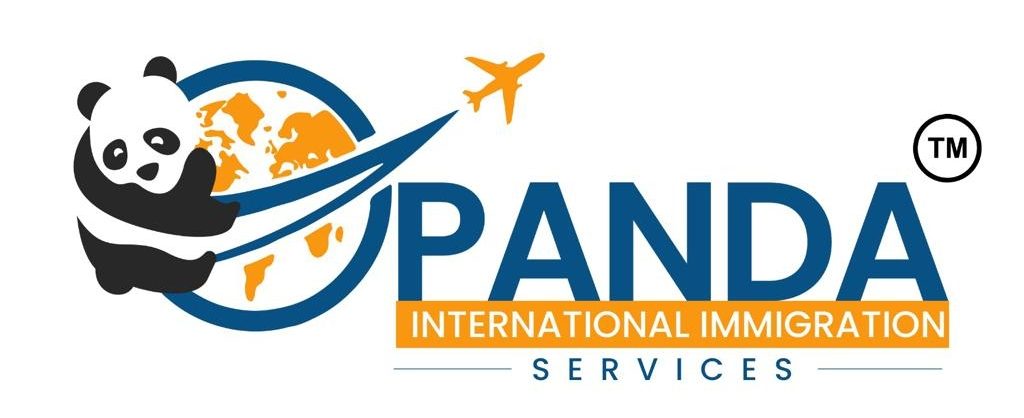Over 7,000 of these student and exchange visitors that overstayed their visas came from India, house representatives heard in a committee hearing on immigration enforcement in the US on January 22.
“Thirty-two countries have student/exchange visitor overstay rates of higher than 20%,” Jessica Vaughan, director of policy studies at the anti-immigration think-tank, the Center for Immigration Studies, told the committee.
However, sector leaders have argued that Vaughan’s testimony contained “some serious and inaccurate generalisations” and relied on “faulty statistics for her claim about the student visa overstay rate,” according to NAFSA‘s director of immigration policy, Heather Stewart.
“International students are the most tracked non-immigrants in the US and a clear and comprehensive understanding of student visa misuse is needed if the field is to arrive at effective and appropriate solutions,” said Stewart.
After India, Vaughan highlighted China, Colombia and Brazil as each having more than 2,000 of their citizens overstay student/exchange visas in 2023, urging Congress to eliminate OPT and impose penalties for institutional sponsors, among a host of regulations.
“The F and M visa categories have [the] highest overstay rates of any of the broad categories of temporary admission,” Vaughan told committee members, with F visas used for academic study and M visas for vocational study.
According to recent DHS figures, the total overstay rate for student and exchange visitors in 2023 was 3.67% with a suspected in-country overstay rate of 2.86%, dropping slightly to 2.69% solely for F-1 students, with all metrics excluding Mexico and Canada.
Countries with highest student/exchange overstay rates by numbers (2023):
| Country | Suspected in-country overstays | Total overstays | Total overstay rate |
| India | 5,818 | 7,081 | 4.67% |
| China | 3,012 | 5,255 | 2.1% |
| Colombia | 2,792 | 3,223 | 8.29% |
| Brazil | 1,692 | 2,198 | 4.6% |
While India, China, Colombia and Brazil recorded the largest numbers of student overstays in 2023, their overstay rate as a percentage of overall student populations in the US were relatively low.
It is perhaps unsurprising that India and China, whose combined student populations made up 54% of total international enrolments at US institutions in 2023/24, also saw the highest levels of visa overstays.
| Country | Total overstay rate |
| Equatorial Guinea | 70.18% |
| Chad | 55.64% |
| Eritrea | 55.43% |
| Congo (Kinshasa) | 50.06% |
| Djibouti | 43.75% |
| Burma | 42.17% |
| Yemen | 40.92% |
| Sierra Leone | 35.83% |
| Congo (Brazzaville) | 35.14% |
| Togo | 35.05% |
| Global (excl. Mexico + Canada) | 3.67% |
Notably, the ‘in-country overstay rate’ refers to the percentage of individuals suspected to still be physically present in the US after their visa expired, while the ‘total overstay rate’ includes both those still in the country and those who may have eventually left after overstaying their visa, but were not recorded as departing.
Sector members have raised concerns about the “troubling” scale of the problem uncovered by the report, ranging from benign violations of legitimate students to “cases of wilful fraud”, said Eddie West and Anna Esaki-Smith, two leading US educators.
NAFSA, however, has disputed the figures as “unreliable”, claiming that the report “overstates” the issue and urged stakeholders to take caution when taking the figures out of context.
Indeed, DHS concedes that “infrastructural, operational and logistical challenges” in the exit environment make it difficult to identify students who do not depart via air or who transition from F-1 status to H-1B, legal permanent residency and other statuses.
What’s more, DHS data revealed a 42% decline in the suspected overstay rate for student and exchange visitors across a 15-month period ending in January 2024, indicating a lag time for the system to register students’ changing situations.
“Not only do visa issuance policies need to be adjusted and interior enforcement boosted, in addition Congress should amend the law in several important ways,” Vaughan told the hearing.
In a statement raising some concern about Vaughan’s testimony, she recommended that “the concept of dual intent should not apply to student visa applicants”.
Under current law, it does not.
While the Optional Practical Training (OPT) program has been widely proven to benefit American workers as well as international graduates, Vaughan blamed the initiative for spawning “an industry of diploma mills and fake schools”, calling for it to be eliminated or “much, much more closely regulated”.
Vaughan also recommended stricter regulations on H1-B specialty occupation visas, a move which Stewart warned would “immediately” make the US look less attractive to international students who “strongly consider” post-study employment opportunities when deciding where to study abroad.
During Donald Trump’s presidential campaign, he surprised some of the sector.
The second-time US president spoke out in support of the H1-B visa during his presidential campaign amid a row about the work pathway among prominent Republicans.
The US is the only one out of the ‘Big Four’ study destinations – US, UK, Australia and Canada – to publish data on international student overstay rates.
The post US Congress urged to crack down on student overstays appeared first on The PIE News.

